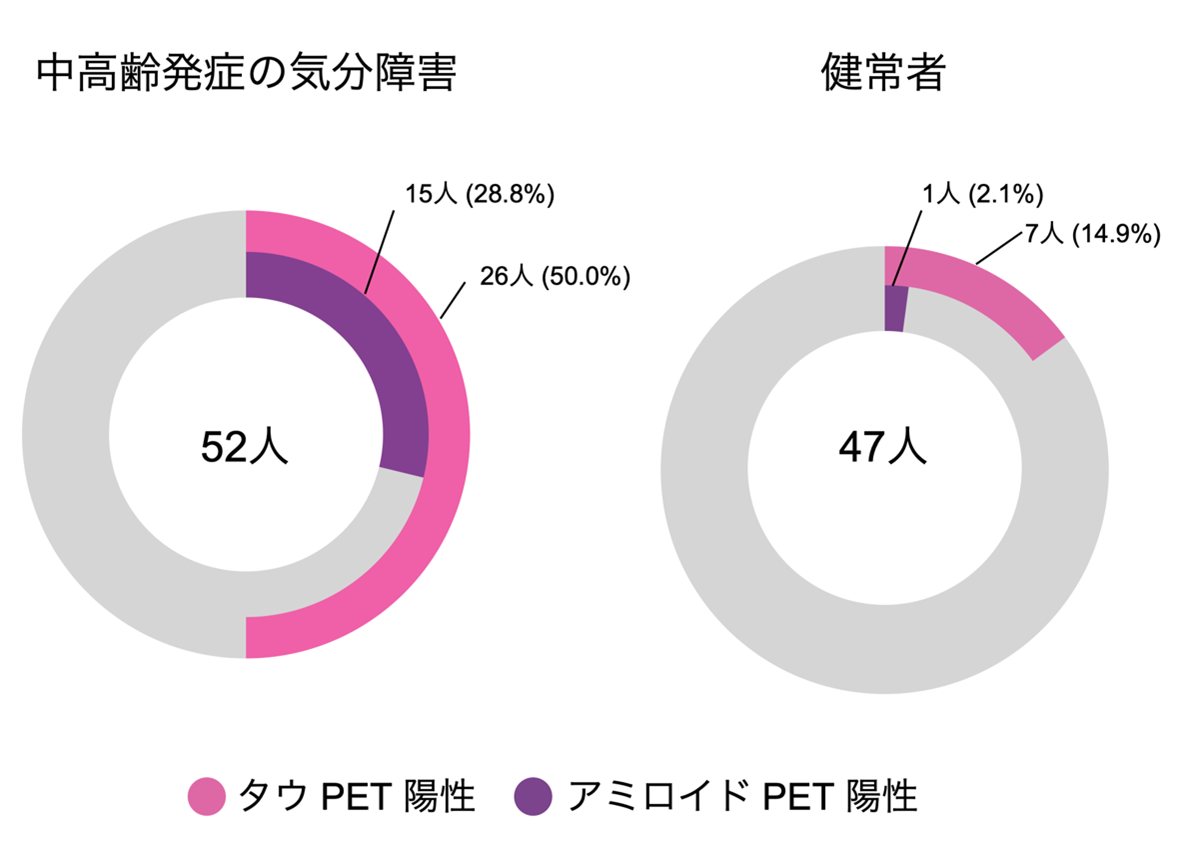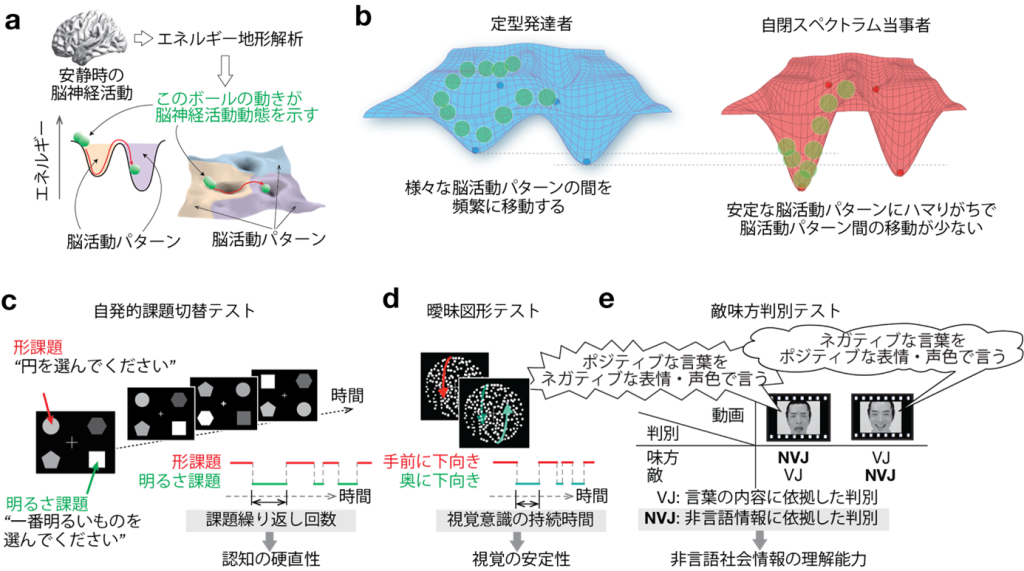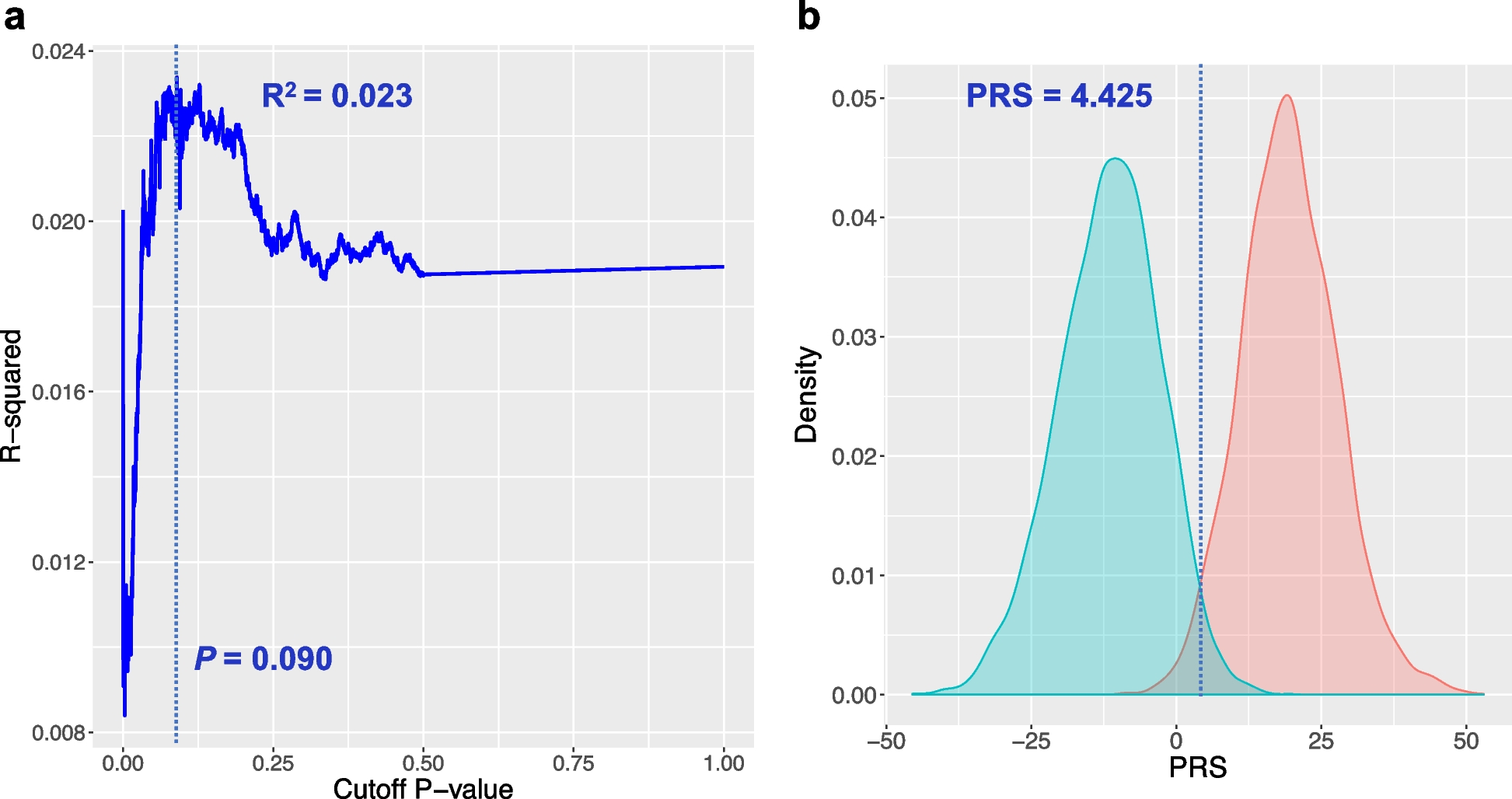2025-06-09 量子科学技術研究開発機構

図1 タウ・アミロイドPET陽性の割合
<関連情報>
- https://www.qst.go.jp/site/press/20250609.html
- https://alz-journals.onlinelibrary.wiley.com/doi/10.1002/alz.70195
後期気分障害における多様なタウ病態がPETと剖検アッセイによって明らかになった Diverse tau pathologies in late-life mood disorders revealed by PET and autopsy assays
Shin Kurose, Sho Moriguchi, Manabu Kubota, Kenji Tagai, Yuki Momota, Masanori Ichihashi, Yasunori Sano, Hironobu Endo, Kosei Hirata, Yuko Kataoka, Ryoji Goto, Yuki Mashima …
Alzheimer’s & Dementia Published: 09 June 2025
DOI:https://doi.org/10.1002/alz.70195
Abstract
INTRODUCTION
Late-life mood disorders (LLMDs) may represent prodromal manifestations of neurodegenerative dementia; however, the neuropathological basis of LLMDs, including depression and bipolar disorder, remains unclear. We aimed to investigate the involvement of Alzheimer’s disease (AD) and non-AD tau pathologies in LLMD participants.
METHODS
Fifty-two LLMD participants and 47 age- and sex-matched healthy controls (HCs) underwent tau and amyloid beta (Aβ) positron emission tomography (PET) imaging using 18F-florzolotau and 11C-Pittsburgh compound B. Additionally, we conducted a clinicopathological correlation analysis in 208 autopsy cases, including various neurodegenerative diseases.
RESULTS
LLMD participants were more likely to be tau PET and Aβ PET positive than HCs. The PET results were supported by the post mortem results that showed a higher likelihood of diverse tauopathies in patients with late-life mania or depression than those without.
DISCUSSION
Our PET and autopsy assays suggest that AD and diverse non-AD tau pathologies might underlie the neuropathological basis of some LLMD cases.
Highlights
- Late-life mood disorders (LLMDs) may represent prodromal states of dementia.
- The neuropathological basis of LLMDs remains unclear.
- LLMD subjects were highly likely to be tau positron emission tomography (PET) positive.
- Brain bank data supported our PET results.
- Alzheimer’s disease (AD) and diverse non-AD tau pathologies can contribute to LLMDs.


